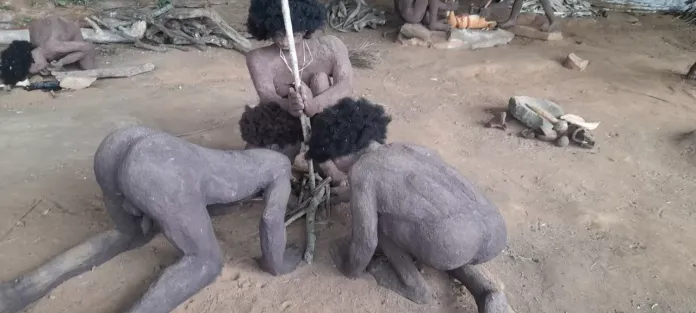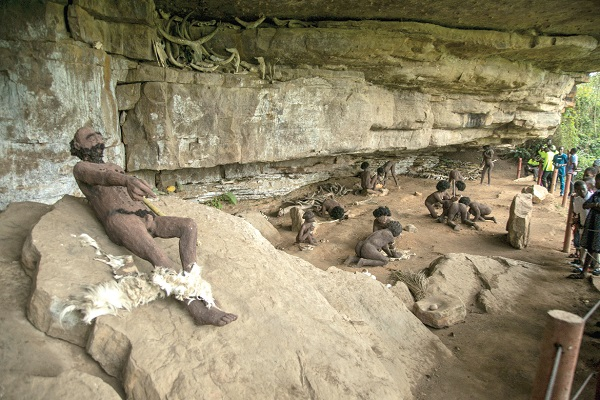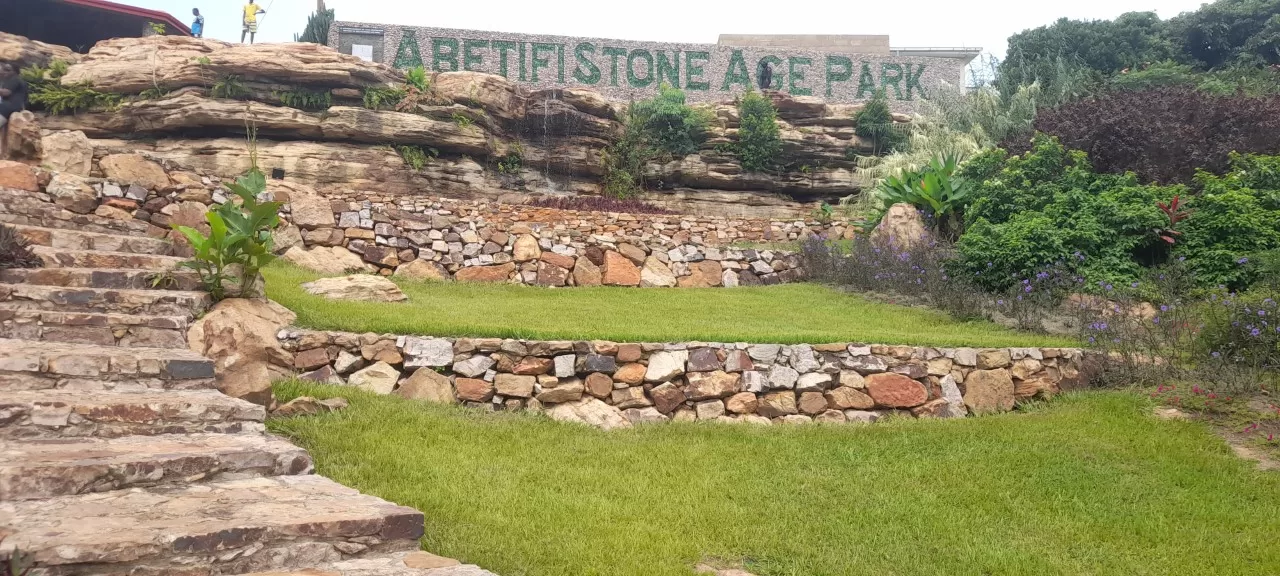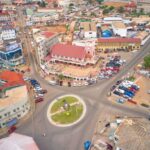The Abetifi Stone Age Park has become a famous spot in Kwahu. It used to be a dirty dump, but now it’s a beautiful green park for tourists. Let’s delve more into the history.
Who are the Kwahus?
Kwahu is known for being the highest inhabited place in Ghana; Christian Missionaries from Basel compared it to the “new Switzerland.” This area, with its rocky green plateau, offers fresh air and stunning views.
The name Kwahu is used for both the people and the area, and its origin has a few different stories. One explanation is that it was given to a tribe that resisted the expansion of the Ashanti Empire. They barricaded themselves on a high ridge overlooking the Afram River (now part of the Volta Lake). Despite being peaceful, they were strong enough to defend their land by threatening to roll rocks down on anyone who tried to attack them. Because of this, outsiders called the area “Kwahu” as a warning to stay away.
The History of the Abetifi Stone Age Park
The Kwahu people’s ancestral home in Abetifi, Eastern Region, which dates back over 12,500 years, has been transformed into an eco-tourism park called the “Abetifi Stone Age Park.” This park covers 52 acres of land and used to be a refuse dump before its development.
The park’s founder, Ben Addo, a native of Abetifi, was inspired to create it after the Archaeology Department of the University of Ghana confirmed findings from excavations at the site using carbon dating.
Mr. Addo discovered the site during a holiday visit with his family after living in Germany for about 25 years. During the visit, he met Dr. Wattson, the Head of the Archaeology Department at UG, who was conducting excavations at the Bosompra caves in Abetifi. In 2013, Dr. Wattson informed Mr. Addo that carbon dating of artifacts found at the Bosompra Caves indicated human habitation at the site over 12,500 years ago, predating Jesus Christ’s birth by more than 10,500 years.

Mr. Addo was surprised when he received the letter from Dr. Wattson about the findings. This inspired him to turn the place into a park that would share the story of the Kwahu people and Ghana.
“I was really intrigued by this. It made me ask myself questions like, did these people exist before the birth of Christ, considering the date? It was about 10,500 years before Jesus Christ was born. How tall were they? What did they eat? Where did they bury their dead?” he wondered.
Though he hasn’t fully developed the park as he envisioned, he feels satisfied that he has started to bring his vision to life.

Source: Graphic Online. com






